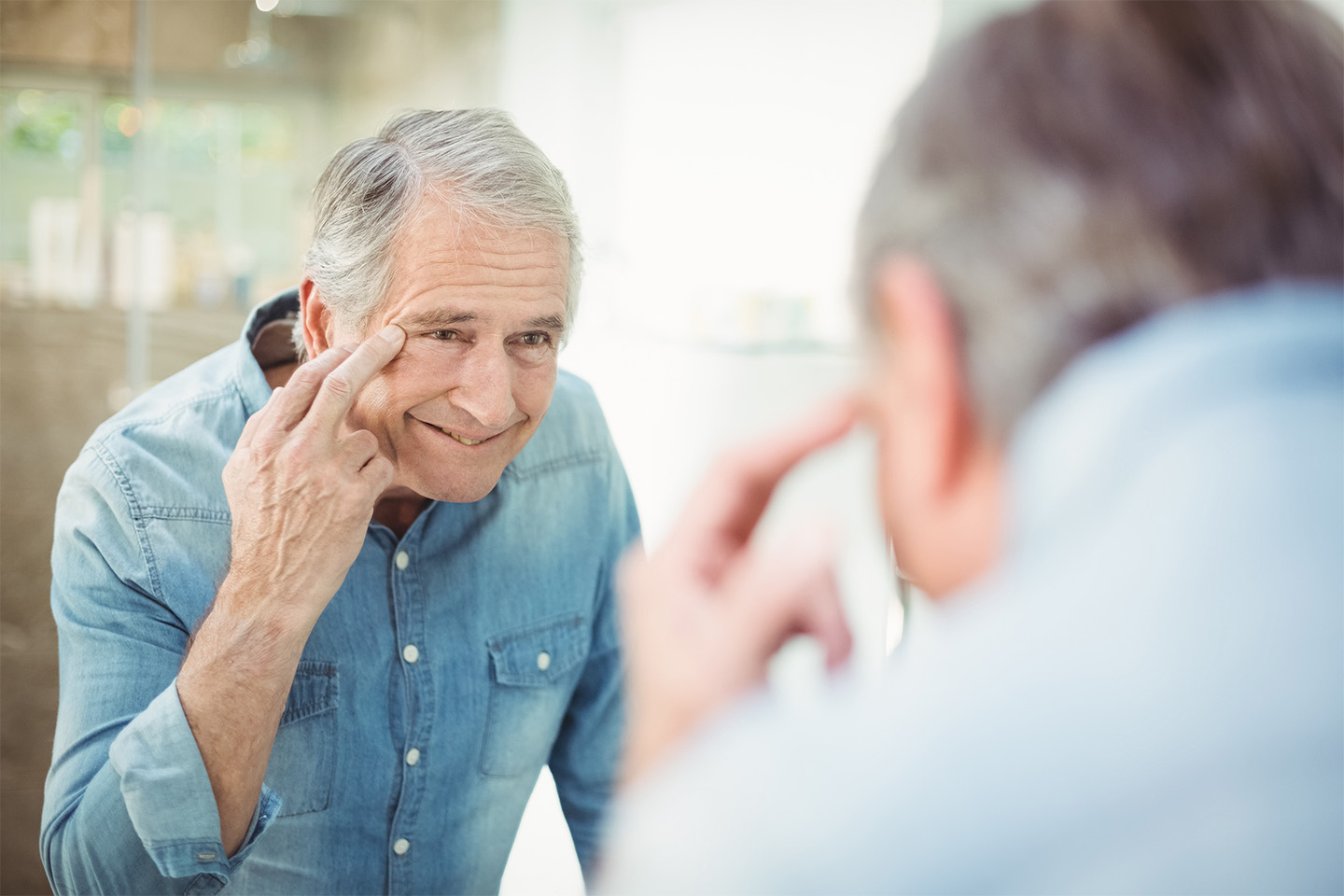Hispanic Heritage Month: Eye Health Among Hispanics/Latinos

Celebrating Hispanic Heritage Month
Hispanics and Latinos have a higher rate of vision loss and are more susceptible to developing some eye conditions. This Hispanic Heritage Month ICON Eyecare will educate on some of the reasons behind the gaps in health equity and how to alleviate risks of vision impairment.
What is Hispanic Heritage Month
Hispanic Heritage Month celebrates Hispanic Americans’ cultures, history and contributions. Since Sept. 15, 1968, the U.S. has honored the many contributions of citizens whose ancestors came from Spain, Mexico, the Caribbean, and Central and South America. What started as Hispanic Heritage Week under President Lyndon Johnson is now a month-long celebration.
Healthcare Inequity
Despite higher risks, Latinos and Hispanics are less likely to have had an eye exam and generally have less access to vision care professionals compared to non-Hispanic whites. Many Hispanic Americans also don’t know their ethnicity can increase their risk of eye disease.
Social and physical determinants affect a wide range of health outcomes and quality of life. There are many factors at play, but some that have the most substantial impact are:
- A lack of bilingual healthcare services. Native Spanish speakers may face cultural and language barriers when dealing with healthcare professionals who only speak English.
- A lack of daily physical activity or unhealthy nutritional diets can increase the risk of obesity and can lead to diabetes as well as several other chronic conditions. Diabetes can lead to diabetic retinopathy (the leading cause of blindness in working-age adults in the U.S.)
- High blood pressure can increase the risk of glaucoma (an eye condition that can lead to a damaged optic nerve often caused by ocular hypertension in the eye itself.) As the fastest growing minority group in the country, the CDC estimates that by 2050 half of the people living with glaucoma will be Hispanic or Latino.
- Socioeconomic status. Living in poverty is an indicator of poor vision health. According to the latest U.S. census, 19.4% of Hispanics/Latinos live at or below the poverty line opposed to the national average of 13.4%. Lower incomes result in limited access to eye exams and vision care devices such as glasses or contact lenses.
- Limited access to quality vision care or health insurance. With 19.4% of Hispanics/Latinos living at or below the poverty line, finding employment that offers health benefits, including vision, is difficult.
Eye Conditions Affecting Hispanics and Latinos
Hispanic Americans are especially vulnerable to four serious eye conditions: diabetic retinopathy, glaucoma, pterygium, and cataracts.
The good news is that regular eye exams from qualified vision care professionals can find many of these eye diseases early enough to treat them effectively.
Diabetic Retinopathy
Diabetic retinopathy is a diabetes complication that affects the eyes caused by damage to the blood vessels of the light-sensitive tissue at the back of the eye (retina).
Nearly half of all adult Hispanic/Latino individuals in the United States with diabetes have some level of diabetic retinopathy. Approximately 10% of subjects in these studies had an early age-related macular degeneration condition. This condition leads to a reduction in central vision, as found in past studies funded by The National Eye Institute and The National Center on Minority Health and Health Disparities and conducted by the CDC and NIH, and other medical institutions such as The Mayo Clinic.
Some of the risk factors associated with diabetic retinopathy include:
- Obesity
- Poor control over blood sugar level
- High blood pressure
- High cholesterol
- Tobacco use
- Being Black, Hispanic, or Native American
Some of the ways to reduce the risks of developing diabetes and diabetic retinopathy include:
- Watching your diet to control the propensity to develop diabetes in the first place. Start young and develop a lifestyle that includes regular exercise and monitoring your calorie intake.
- Regular eye exams. See your vision care professional to diagnose any problems early!
Glaucoma
Glaucoma is an eye disease that can cause vision loss and blindness by damaging a nerve in the back of your eye called the optic nerve. It’s typically caused by high pressure inside your eyes. Hypertension (high blood pressure) and diabetes are two of the most common glaucoma causes. Glaucoma treatment is more effective when caught early. The risk factors for developing glaucoma include:
- Obesity
- A lack of insurance or economic resources to access quality vision care
- A lack of daily physical exercise
Ways to reduce the risk of developing glaucoma include things like:
- Watch your diet. Monitor your blood pressure and glucose levels. Hypertension and diabetes are the two most common reasons you can develop glaucoma.
- Get regular eye exams. Monitor your vision health to catch and treat any problems that may develop as soon as possible.
- Try to find and maintain health care with Spanish language options. It makes a difference for you and other family members to communicate easily with your doctor or nurse.
Pterygium
A Pterygium is a raised wedge-shaped growth of the conjunctiva (the mucous membrane that covers the front of the eye and lines the inside of the eyelids) that extends onto the cornea. These growths can also occur on either side of the eye.
According to the NIH, in an extensive study of Hispanic/Latino individuals of working age, “The prevalence of pterygium was high (overall 16%). Men had a higher rate than women (23.7% versus 11.5%, respectively). The rate in the general population is only around 12% collectively.
Some factors linked to Pterygium include:
- Smoking and other uses of tobacco
- Increased exposure to extreme sunlight and the lack of UV protective eyewear
- Geographic locations (places with a lot of sunlight)
- Socioeconomic status
- Lack of early eye exam/treatment
Limiting exposure to bright sunlight is the best way to reduce the risk of developing pterygium. Wear sunglasses that block both ultraviolet A and B rays. Wear hats when you are out in direct sunlight.
Cataracts
Cataracts are a clouding of the normally clear lens of the eye. People who have cataracts see through a cloudy lens. It can be like looking through a fogged window. They usually develop slowly over time, making it difficult to read and drive, watch television and, eventually, can lead to blindness.
Hispanic/Latinos are more likely to develop cataracts at higher rates than the general population and by the age of 70, around 50% of Hispanic/Latinos will develop cataracts.
Risk factors in cataract development include:
- Increasing age.
- Diabetes.
- Excessive exposure to sunlight.
- Smoking.
- Obesity.
- High blood pressure.
- Previous eye injury or inflammation.
- Previous eye surgery.
Ways to reduce the risks include:
- Limiting exposure to bright sunlight
- Monitoring your diet to decrease the risk of developing diabetes
- Watch your weight and exercise
- Monitor and take care of any signs of high blood pressure
- Stop smoking or using other tobacco products
- Eye exams by a qualified vision care specialist
What Can You Do to Protect Your Eye Health?
Some of the ways to minimize the risk of eye disease and promote good eye health include:
- Use good eye care practices in full sunlight. Wear sunglasses that protect your eyes 99% to 100% of UVA and UVB rays. UV 400-protected sunglasses will do this.
- Learn about your family vision history. Ask about any eye diseases affecting other family members.
- Get enough exercise and eat healthy foods to minimize the risk of obesity, diabetes and high blood pressure.
- Don’t ignore vision changes or problems. Schedule regular eye exams with your vision care professional.
Get Care at ICON
ICON FR locations have bilingual staff to help provide accessible eye care. If you’re interested in learning more about our services or if you’d like to schedule an appointment, please contact ICON Eyecare today.









